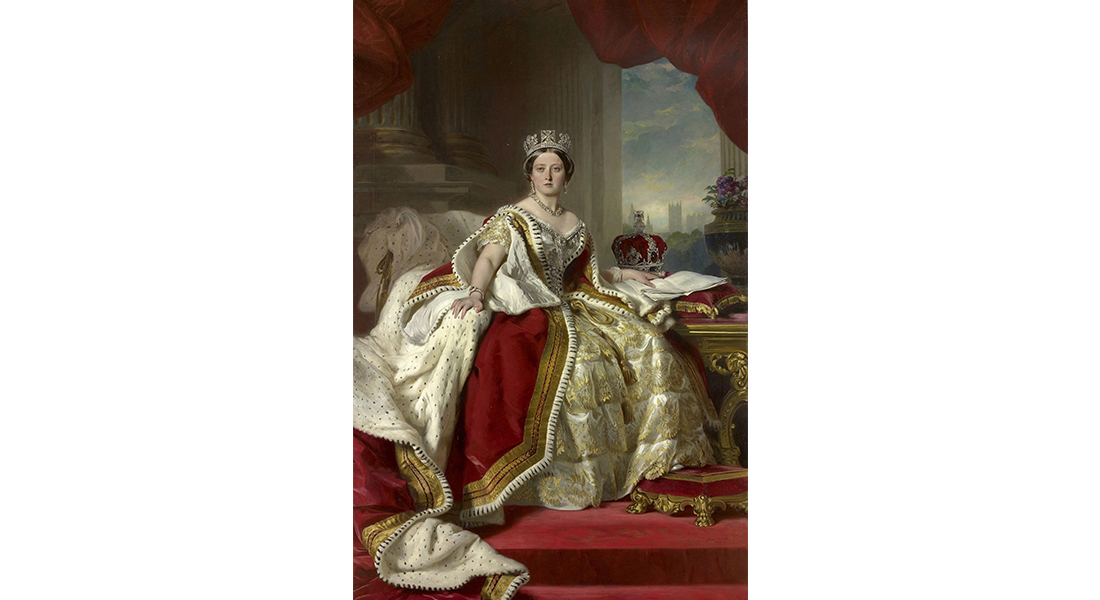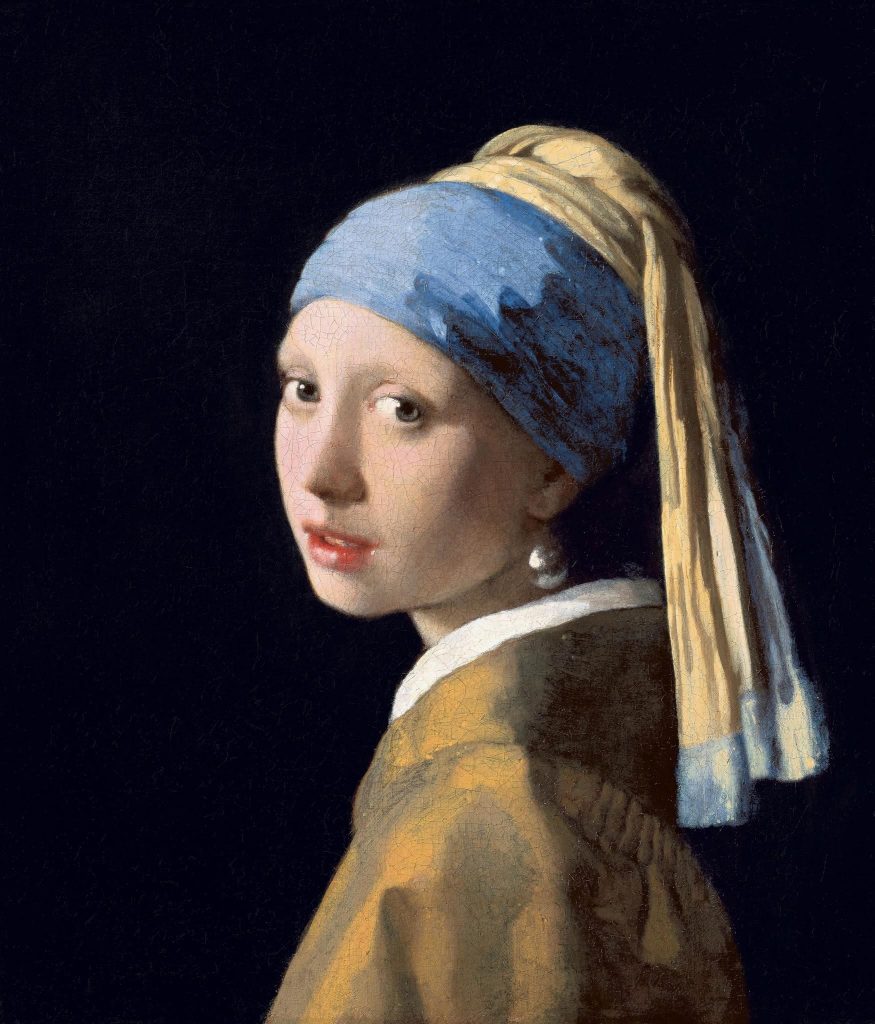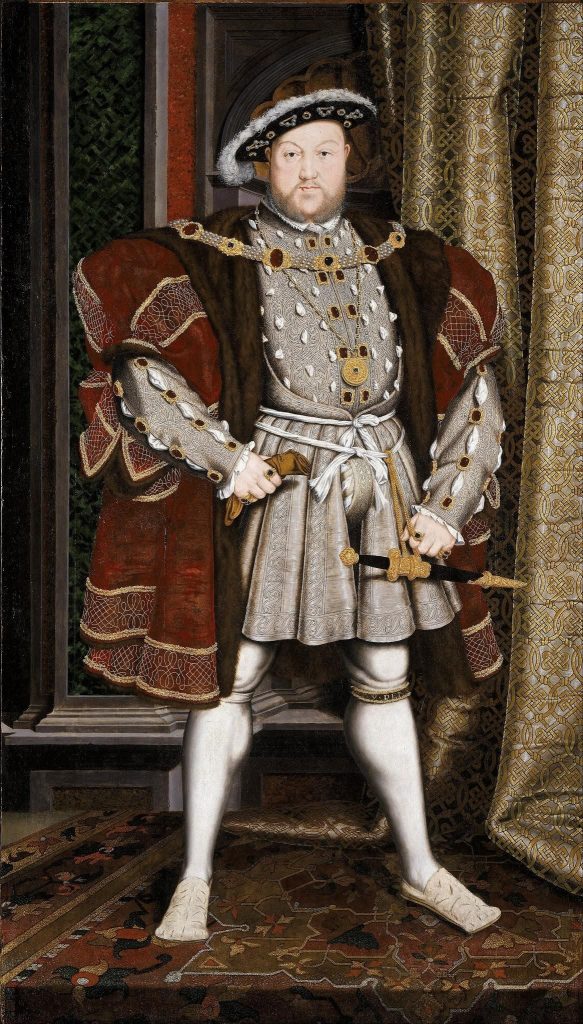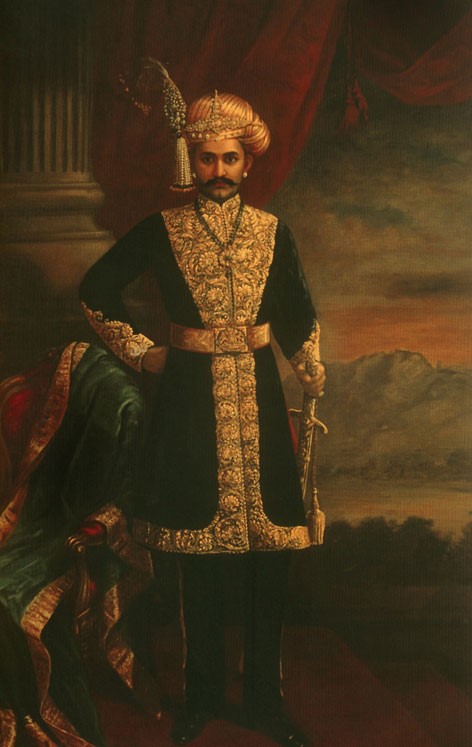Historically, the rich and noble loved getting their baubles painted in their portraits as much as they loved wearing them…
Art especially fine art glamourises portraiture and landscapes. But any art enthusiast will tell you, that in a rare instance, even art maestros like Ravi Varma and John Singer Sargent have gotten besotted by the idea of letting a gem or joaillerie become the muse for their painting! And rightly so jewellery can have whimsy charm but as a crown, sceptre or medallion they can be extremely commanding status symbols. Let’s take a look at a few artworks where a piece of jewellery overshadows the wearer:
Queen Victoria (1859), Franz Xaver Winterhalter (pictured above)
The arresting appeal of this artwork by German painter Franz Xaver Winterhalter displays how jewellery can be strategically displayed as emblems of power and authority! Here, Queen Victoria wears a crown that features a shamrock, thistle, and rose to symbolise the United Kingdom’s three territories—Ireland, Scotland, and England. Her glittering 161-carat diamond necklace, worn first at her coronation, is a rather blatant token of her immense colonial wealth.
Girl With A Pearl Earring (1669), Johannes Vermeer
Perhaps just as enigmatic as the Mona Lisa, not as well-known though! This 17th century oil painting by Dutch Baroque artist Johannes Vermeer features a possible peasant girl wearing a simple headscarf and her sole prized possession – a pearl earring. Unlike other gems, pearls are the only gemstone to reflect light on the face of the sitter, rather than steal the limelight! Neither is this a noblewoman nor a femme fatale, but the youth and naivette in this portaiture has won the appreciation of the art fraternity since it was first painted: inspiring novels, films, stage plays as well as the recreation of the painting as a mural by Banksy.
Portrait Of Henry VIII (1537), Hans Holbein
Let’s not sound sexist by attributing vanity only to the fairer gender! In almost all of his artistic representations, King Henry VIII takes his bling very seriously, only outmatched by his cocky bravado! In this oil-on-canvas by Renaissance painter Hans Holbein, the infamous king’s fashion sense would give a hip-hop singer a run for his money! Irrespective of how you feel about his womanising ways or his orchestration in the split of the church, one cannot deny that King Henry dressed to impress!
HH Chamarajendra Wadiyar X (1885), Ravi Varma
Closer home in India, while we’re still warming up to the notion of the desi man who wears opulent gems, the trend isn’t entirely new. Take our flamboyant Maharajas and Princes for example — the medieval Indian man embraced and adorned jewellery with much chutzpah! In Ravi Varma’s portrait of H.H. Chamarajendra Wadiyar X, the handsome Maharajah of Mysore is splendidly attired in black velvet with Zardosi embroidery, embellished by lots of flashy gems. This goes to say that the belief that men should dress down in a more functional manner, may not be entirely Indian in its origins, but a Western belief.
String Of Pearls (1908), William Mcgregor Paxton
Pearls may have paled in comparison to other more extroverted gems over the centuries, but there used to be a time where they were highly sought after. Perhaps because they used to be rare, and it wasn’t uncommon for men to lose their lives in their quest, at an age when diving gear wasn’t invented. Realist painter Paxton captures the euphoria of this noblewoman’s experiences as the light reflected by her pearls create orbs in her eyes. Painted in an era prior to formal advertising, doesn’t this masterpiece make for some ingenious copywriting?
Madame X (1884), John Singer Sargent
…and finally, a list such as this would be incomplete without a special mention to artist John Singer Sargent, as most of his art reflected an aspirational association between the elite and jewellery. We are talking about an era in the early 1900’s when maisons like Cartier and Tiffany cropped up solely to cater to the super rich. There’s not much in terms of adornment, apart from golden gown straps and a matching hairpin, but this artwork displays a cusp in the time’s changing fashion sensibilities, and was frowned on for many decades after being commissioned for being too risque.






